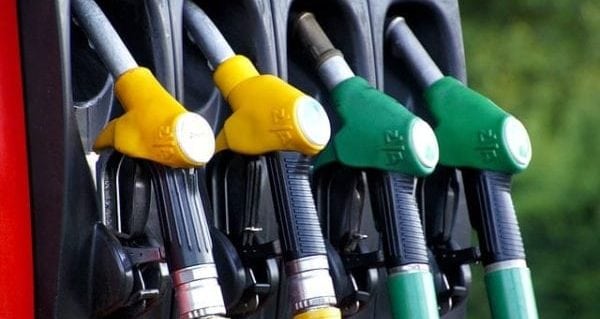 The shale revolution, technology unleashing vast new oil and natural gas production, is delivering lower energy costs to countries, industries and consumers.
The shale revolution, technology unleashing vast new oil and natural gas production, is delivering lower energy costs to countries, industries and consumers.
Without revolutionary hydraulic fracturing (fracking) and horizontal drilling, Canadians’ heating bills would be twice what they are now. Gasoline prices – soaring now due it is half as deleterious as oil. And if opponents’ models and projections were accepted, natural gas emissions would be one-quarter of that from coal, which is entirely carbon (with some contaminants).
In fact, it’s believed that the spreading use of natural gas, while reducing the use of coal in power generation, is responsible for the flat CO2 emissions of the United States over the past decade or more. This is despite America’s economic and population growth increasing power and heating consumption.
Despite efforts to promote coal use, utilities are reluctant to add coal-burning capacity due to costly pollution abatement and waste disposal requirements. Consider as well the big drop in natural gas prices in the United States – from $8 per mcf (or MBtu or GJ) less than a decade ago to about $3 today.
Natural gas prices are even lower at its source, such as West Texas, Pennsylvania or Western Canada. Recent natural gas prices in British Columbia have been under $2. There’s a huge surplus of natural gas in Western Canada, now bottled up even worse than oil with its similar lack of pipeline capacity.
The excess supply of natural gas has led to a search for alternative uses – including in railways, long-distance trucking and for distributed power production in fuel cells. Natural gas is already used in supplementary power generation to make solar and wind power more economically feasible.
And the excess supply of natural gas is likely to grow worldwide.
Oil and other liquids found in shale or other tight rock formations are the first priority for producers. Natural gas at $3 is the energy equivalent of $18 oil; so new natural gas supply doesn’t earn producers much. West Texas Intermediate, an oil price benchmark, now generates about US$65 per barrel. That’s what producers want; natural gas is but a byproduct.
But as North American liquids production increases, so will natural gas. This is catching on in other places, such as Argentina. Russia, the Middle East, Africa and even China also have large shale formations containing trillions of cubic feet of natural gas, along with oil. But it will take a long time to develop the necessary transportation to move the gas from new fields to the markets.
This delay will slow the transition from gasoline, diesel and aviation fuel to natural gas. So as developing countries demand more fuel, more oil must be produced. And as that oil is produced, so too will more gas be uncovered.
This unavoidable increase in natural gas will continue to hold down its price and make it even more appealing as a cheaper power source.
As opposition grows to the appalling coal-caused air pollution in China, India, South Asia and Africa, natural gas should slowly supplant coal globally. This will in turn diminish CO2 emission growth.
It would be too much to expect gratitude from the anti-fossil adherents about the bountiful future of natural gas. Yet the rest of us should applaud as we enjoy clean, cheap energy from natural gas for decades to come.
Ian Madsen is a senior policy analyst at the Frontier Centre for Public Policy.
The views, opinions and positions expressed by columnists and contributors are the author’s alone. They do not inherently or expressly reflect the views, opinions and/or positions of our publication.

